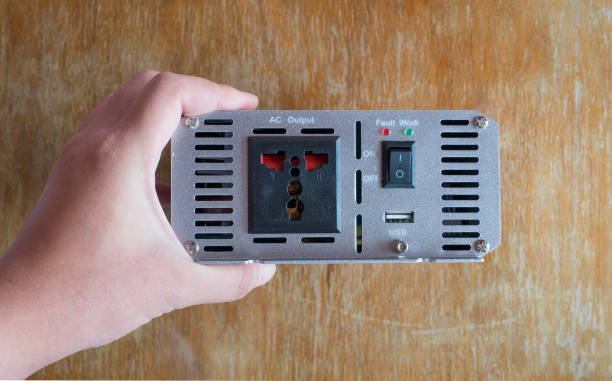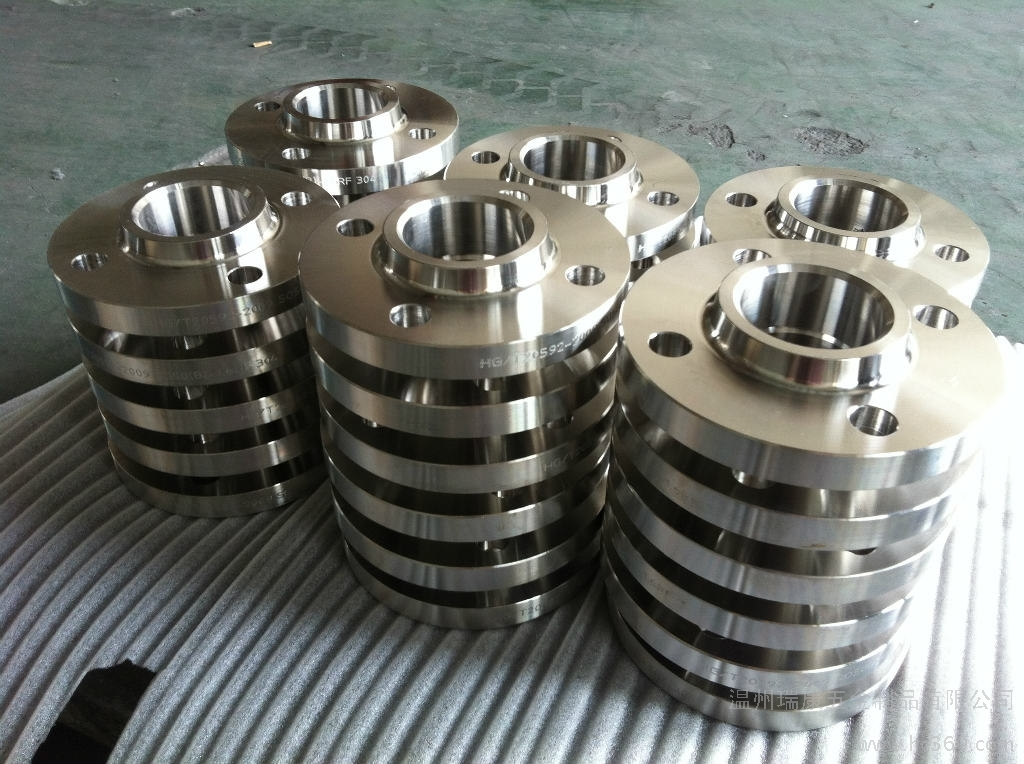In today’s digital age cloud computing has become an important part of any organization. Whatever the size of the business, cloud computing is perfect for all. Well, Pega is a low-code platform that offers powerful solutions to businesses to smoothen their operations as well as to improve customer experiences. So if you mitigate your current cloud system to Pega it can benefit you in many ways.
Here in this article, we are going to discuss the step-by-step process of migrating your Pega application to the cloud. So if you are looking to grow your career in this field, you can enroll in the Pega Course. Taking this course can help you understand how this process works. So let’s begin understanding this:
What are the Prerequisites to Keep in Mind Before Migrating to the Cloud?
Before going on your cloud mitigation journey, you need to ensure that you keep the following things in mind.
- You should have a solid understanding of the Pega platform, including its architecture, components, and configurations.
- Well, the knowledge of basic cloud concepts, such as virtual machines, storage, and networking is also essential to have.
- You may need a valid Pega Cloud Account that includes the necessary permissions and licenses.
- There should be a dedicated team comprising technical experts, business analysts, and project managers.
Step By Step Migration Process
Here we have discussed step by step process that will help you understand in detail. Well if you have gained Pega Certification, you can implement the process in your organization as well.
Assessment and Planning
- First of all, you may need to conduct a complete assessment of your current Pega environment. Well, these include application versions, dependencies, and data volumes.
- Also, you have to identify the specific applications and components that need to be migrated to the cloud.
- Create a detailed migration plan outlining tasks, timelines, and resource allocation.
Prepare a Pega Cloud Environment
- Well, you can provision the necessary cloud resources such as virtual machines, storage, and network configurations, on the Pega Cloud platform.
- Also, install the appropriate Pega platform version on the cloud environment.
- Set up the Pega environment by adjusting database connections, security configurations, and integration spots.
Migrate Applications
- Utilize the Pega Export utility to transfer your Pega application from the on-premises environment.
- Bring the application that was exported into the Pega Cloud environment.
- Make modifications to configuration settings, like database connections and security settings, to match the cloud environment.
- Test the migrated application extensively to verify its proper functionality in the cloud environment.
Migrate Data
- Identify the data that must be transferred to the cloud, such as case data, configuration data, and system data.
- Choose the correct data migration method, like direct database migration or ETL data extraction, transformation, and loading.
- Implement the selected data migration plan to move data from the on-premises setup to the Pega Cloud setup.
- Confirm the correctness and entirety of the transferred data.
Test and Validate
- Perform comprehensive functional testing to verify that all application features and functionalities are operating as anticipated in the cloud setting.
- Conduct performance testing to evaluate the application’s speed and ability to handle increased load in a cloud setting.
- Perform security assessments to detect and resolve security weaknesses.
- Include end-users in User Acceptance Testing to confirm the usability of the application and fulfill their needs.
Go-Live and Post-Migration Activities
- Create a thorough transition plan detailing the necessary steps to move from an on-premises setting to a cloud setting.
- Carry out the cutover plan with minimal downtime and guarantee a seamless transition.
- Regularly check the Pega Cloud system for potential performance or security problems.
- Optimize performance and resource usage by fine-tuning both the application and cloud infrastructure.
- Take advantage of cloud-native elements and offerings to improve the capabilities of the application and decrease operational expenses.
Apart from this, you can implement strong security measures to protect your data and applications in the cloud. Also, you need to ensure compliance with relevant industry regulations and data privacy standards. Well for all this, you can enroll in Pega CSA Online Training which can benefit you in several ways. This will add a credential to your portfolio and make your resume stronger.
Conclusion
From the above discussion, it can be said that when you migrate your Pega application into the cloud, it can improve your organization’s scalability and cost-effectiveness. All you need to do is follow the guide mentioned in this article. This will help you successfully navigate the migration process and unlock the opportunities for cloud computing. By leveraging the power of Pega, you can position your organization for future success. So don’t wait long get enrolled in the course today and step ahead towards the journey to give your career new heights of success.



